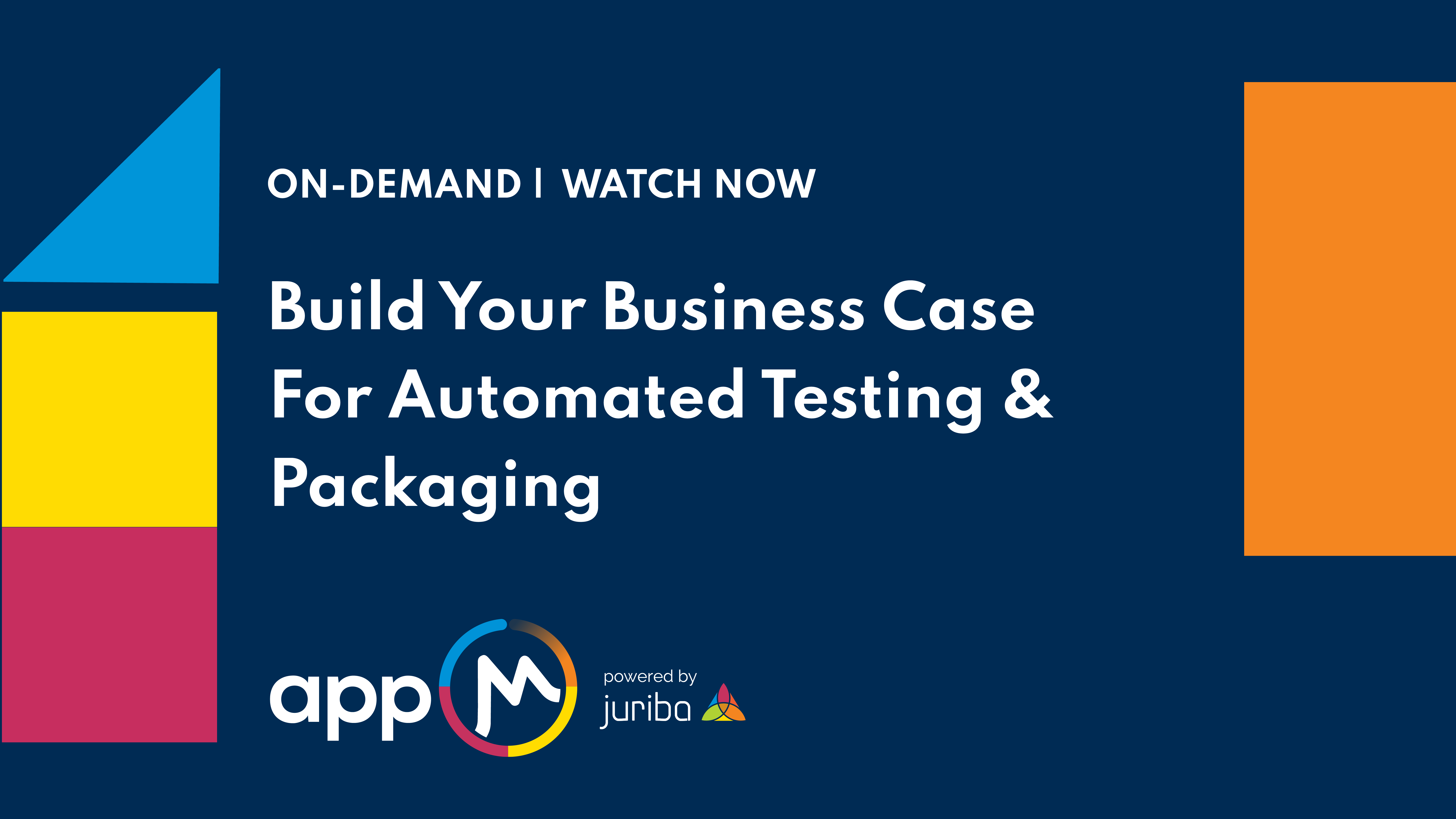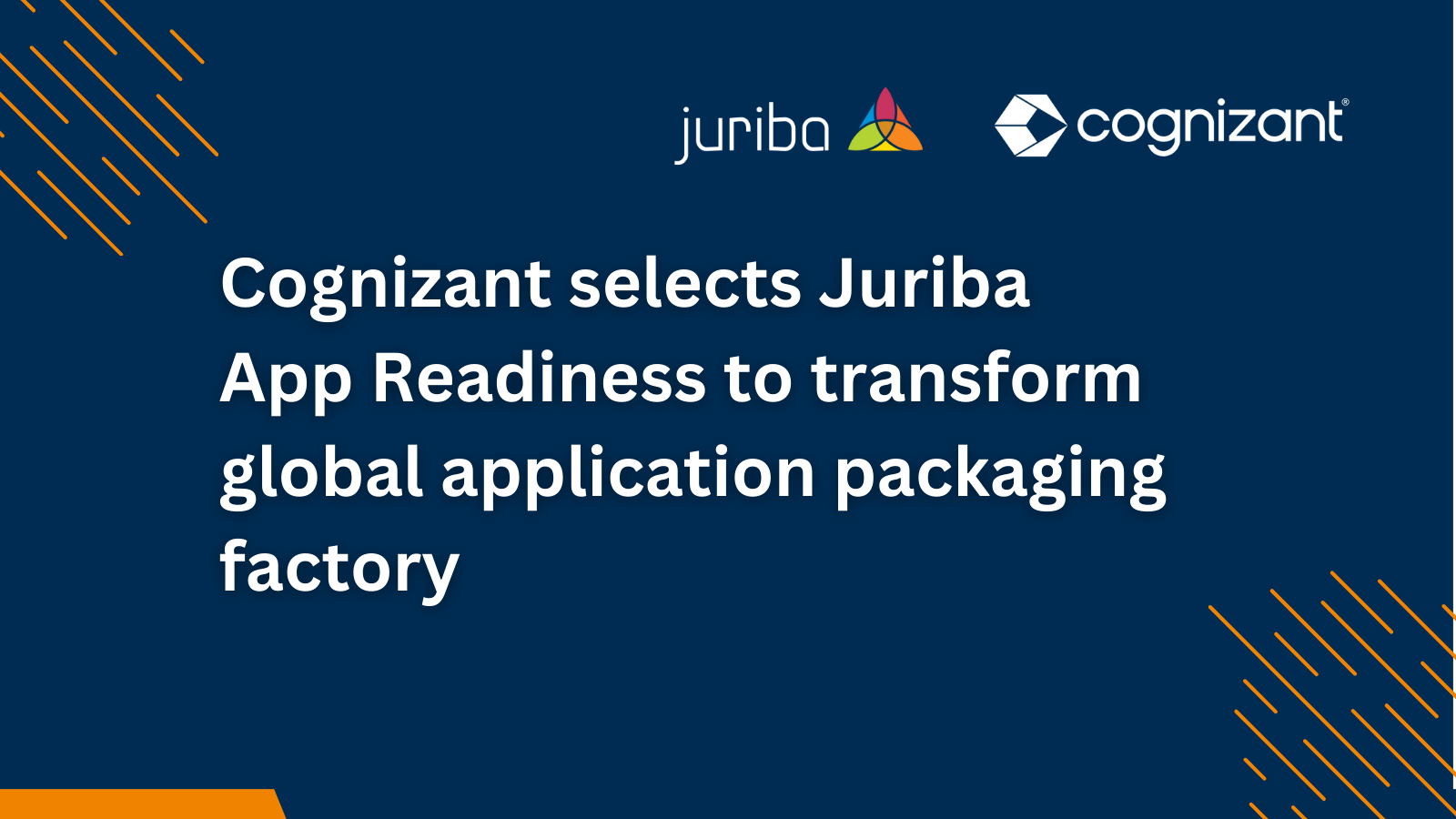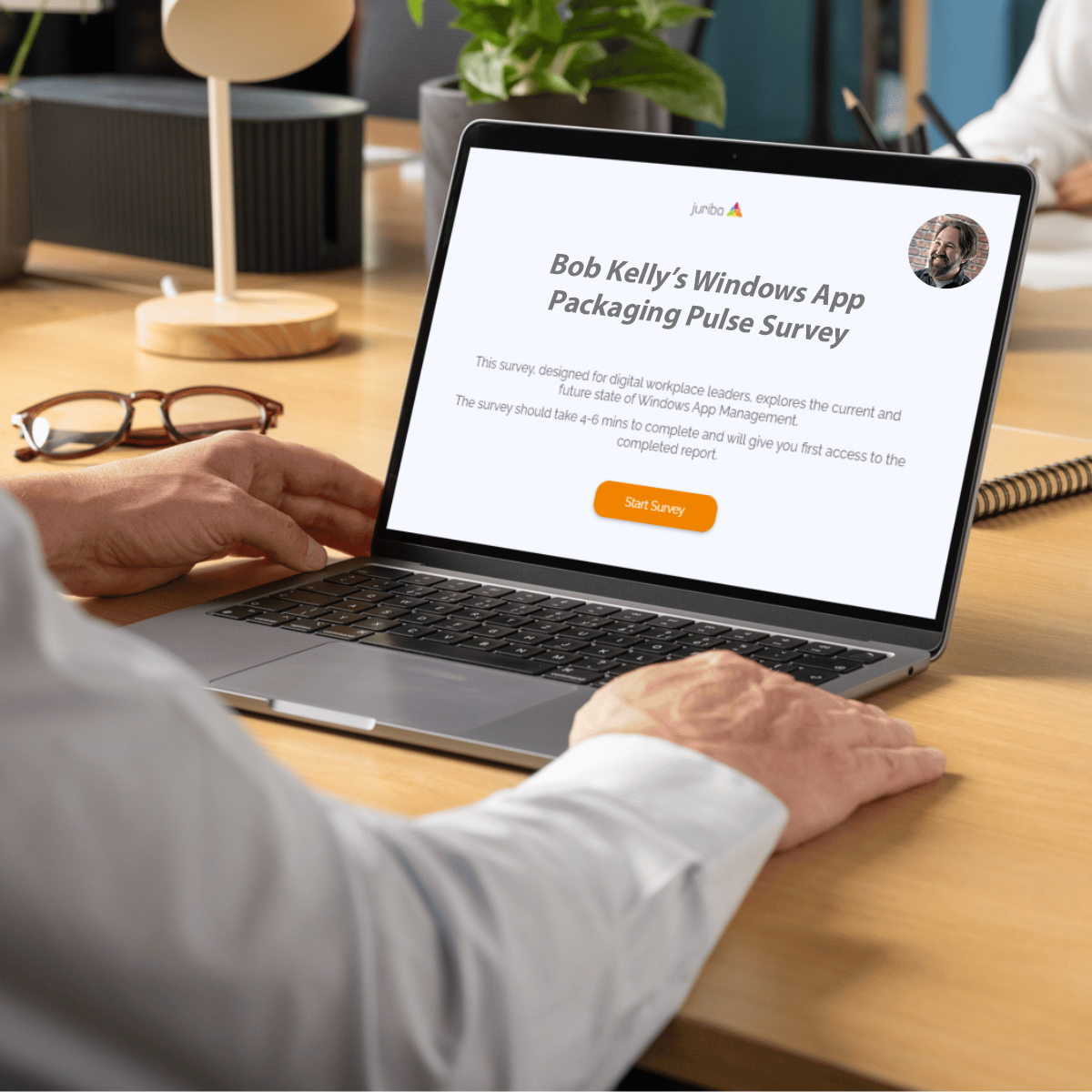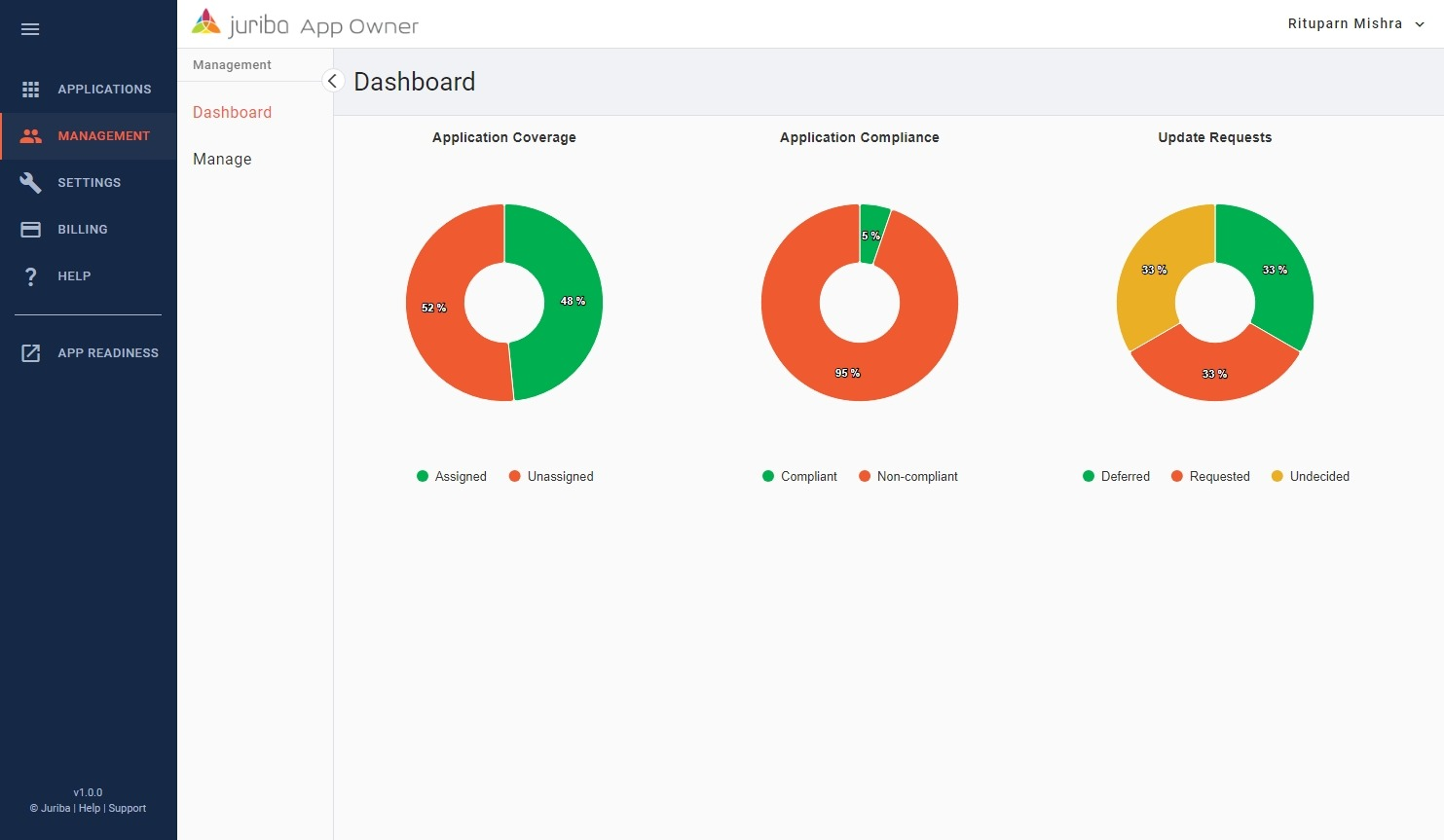3 Tips On How To Sell Application Packaging & Testing Automation Internally
July 19th, 2021
3 min read
By Barry Angell

On June 30th, 2021, Julia Bell, David Higginbotham, and I hosted a webinar entitled "How To Build Your Business Case For Automating Your App Packaging & Testing." If you haven't had a chance to watch it, I highly recommend you watch the recording we made available on demand.
This high-level 30+ minute webinar included a lot of insights into why executives should invest in automated application testing and packaging, and also gave practical advice on how to present the business case to your executives so they immediately understand why this often overlooked area of IT automation is crucial in today's complex environments.

Below, I have summarized for you the key takeaways on how to sell application packaging and testing automation internally.
Takeaway #1: Identifying The Key Challenges To Solve In Support Of Your Investment Decision?
A good business case provides a solution for a relevant problem your audience is facing. Therefore, it is only logical to start by outlining the problem. However, a lot of business cases simply skip over this important step because it is assumed that the problem is known, but when pressed in the presentation, it often turns out that this is hard to quantify.
In the case of application packaging and testing, there are three main challenges that an investment in automation can help solve, namely: 1. having to manage too much change, 2. not being agile enough, and 3. the impact manual app packaging and testing have on your user productivity.
.png?width=876&name=TY-How-To-Build-Your-Business-Case-For-Automating-Your-App-Packaging-Testing%20(1).png)
Let's take a quick look.
-
Having to manage too much change. The Windows 10 (and now Windows 11) Servicing model drives a lot more change in a much faster cadence than enterprises had to manage before Windows-as-a-Service. For Windows 10, this means that, at a minimum, we have to update our entire device estate every twelve months, and that means having to test all of our applications against that estate to understand if there will be any compatibility issues. Now add in other changes, such as Azure Virtual Desktop, Intune Modern Device Management, and so on, and you can imagine how quickly things get overwhelming. Application management is always the bottleneck to those functions!
-
Lack of agility. This massive amount of change combined with the elongated timelines and bureaucracy that IT teams face in getting the application to their users really highlights how important agility is and how a lack of agility negatively impacts your estate's performance, health, and stability. Automating application packaging and testing, which are traditionally lengthy, tedious, and manual labor-intensive processes, will drastically boost your team's agility and velocity in delivering change.
-
Poor user experience. A lack of agility has a direct impact on your end users' experience. If an application owner has to wait a month from requesting an application to it being available in MECM for deployment, then this is a poor user experience and hugely disruptive to productivity of users awaiting the new functionality.
Now that we have looked at the key challenges, let's have a look at the reasons why executives will support (and therefore invest in) application packaging and testing automation.
Takeaway #2: Why Should Your Executives Care About Automated Application Management?
After outlining the challenges, we need to address one major problem. Although application management is almost always the bottleneck that holds up IT Transformation progress, the enterprise application management function itself hasn't evolved much over the last 15 years. So why should executives care about it now? To make your business case strong, it is always good to "pick up your audience where they have a stake" — meaning relate this to where they have a vested interest!
.png?width=921&name=TY-How-To-Build-Your-Business-Case-For-Automating-Your-App-Packaging-Testing%20(2).png)
Depending on your unique situation, this could be that executives want to
- Bring down IT costs. Can we deliver the same service in the same time frame but at a reduced price?
- Drive productivity and a greater user experience. Can we make the service better from a user experience? Can we deliver applications faster, using a more robust process, and drive productivity?
- Deliver a secure and compliant workspace. Can we modernize our application management function to minimize or eliminate Shadow IT, application sprawl, and the resulting non-compliant devices and, therefore, security vulnerabilities?
- Simplify platform moves and upgrades. Can we streamline our application packaging and testing processes so that they facilitate rather than hinder platform moves and upgrades?
Takeaway #3: What Would The Impact Of Application Management Automation Look Like?
Finally, you will need to have some real-world numbers you can use to showcase the potential savings. Below are some of the real-world numbers our customers have achieved with the AppM platform that help illustrate the power of automating this process.
.png?width=600&name=TY-How-To-Build-Your-Business-Case-For-Automating-Your-App-Packaging-Testing%20(3).png)
.png?width=600&name=TY-How-To-Build-Your-Business-Case-For-Automating-Your-App-Packaging-Testing%20(4).png)
Essentially, you need to answer the following questions:
- What is the automation opportunity? What is the percentage of applications that you can expect to auto-package and -test?
- What are the expected savings I can anticipate based on that percentage of automatically packaged apps?
- What do I need to offset this by with the cost of the tooling and implementing the tooling?
- What are we going to be able to achieve by automation, and which area does it impact (e.g., Evergreen IT, OS upgrades)?
This covers the key takeaways from the first section of the webinar. I hope you found this summary useful — and if you did, I recommend you watch the entire webinar on demand now because we cover a lot more in detail, particularly about how you can use automated application packaging and testing to drive innovation.
Barry is a co-founder of Juriba, where he works as CEO to drive the company strategy. He is an experienced End User Services executive that has helped manage thousands of users, computers, applications and mailboxes to their next IT platform. He has saved millions of dollars for internal departments and customers alike through product, project, process and service delivery efficiency.
Topics:

















.png?width=1600&height=900&name=PSAppDeployKit_FeaturedImage%20(1).png)





